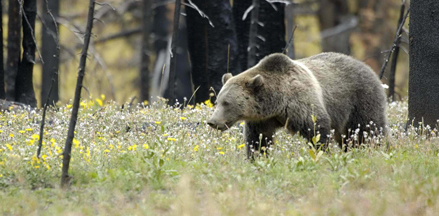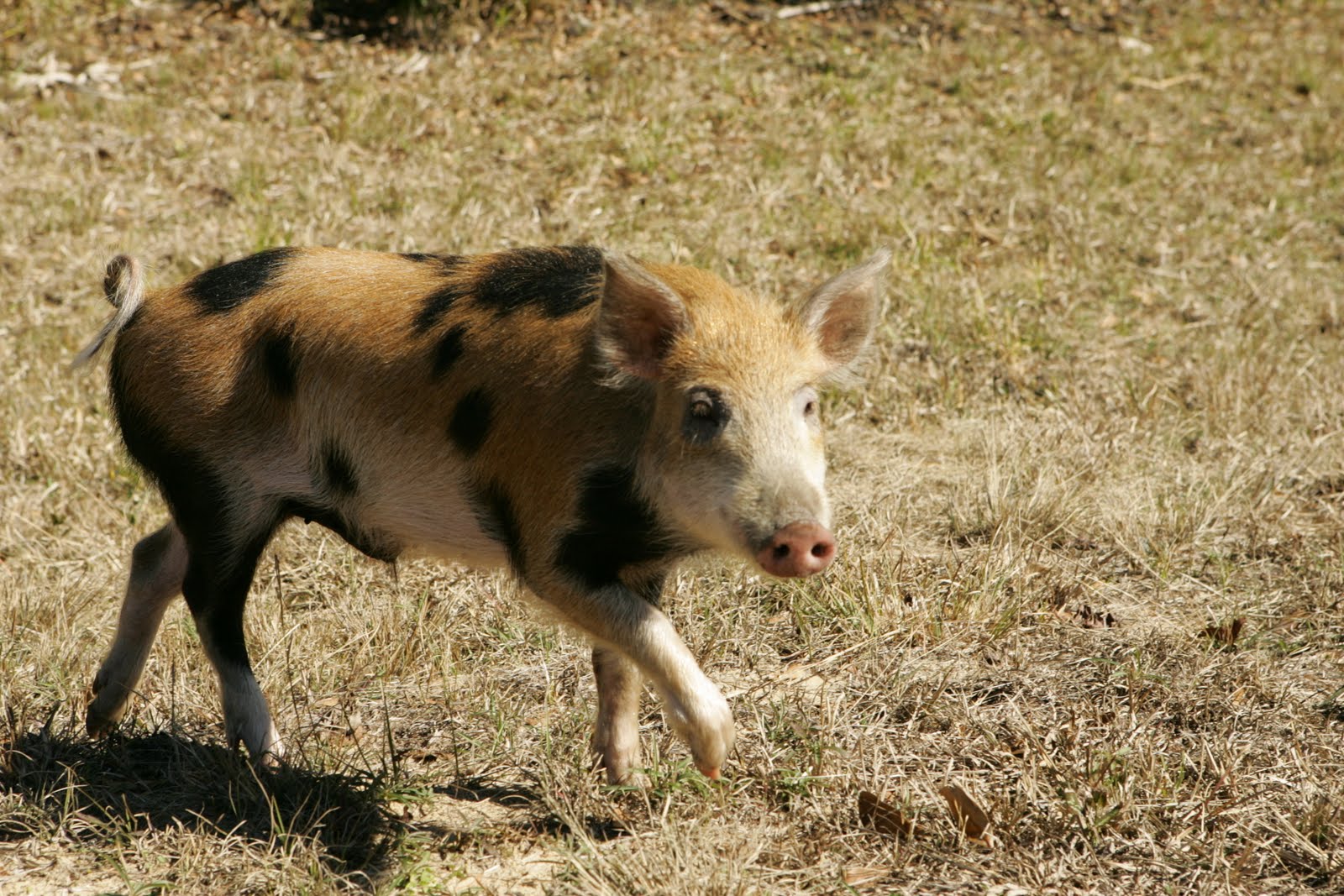 Old MacDonald never had it so good with his own domestic pigs. But if he has a farm in the Northwestern US, he may soon regret the success of feral swine, which have become a big problem in Idaho, Oregon and Washington.
Old MacDonald never had it so good with his own domestic pigs. But if he has a farm in the Northwestern US, he may soon regret the success of feral swine, which have become a big problem in Idaho, Oregon and Washington.
That has led those three states to create the “Squeal on Pigs” campaign to encourage hunters and others to report feral swine sightings. Local newspaper coverage (see below) reports a toll-free phone number for reporting the swine, but no info on a website for further info.
Read the article in the Spokane Spokesman-Review, here.
Read the Idaho Statesman article, here.
More info from the Oregon Department of Fish and Wildlife, here.
Of course, knowing how many feral swine you have in your state and whether that number is growing or declining is always an issue. “Squeal on Pigs” is one solution, but another is presented in the June issue of Wildlife Biology. European researchers have had success using DNA from fecal samples to model a feral swine population.
Read more in Wildlife Biology. (Subscription or fee required for full article.)
Photo: A feral swine piglet.

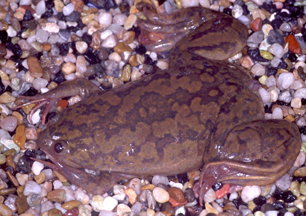 It’s a great question. And it is not answered in this somewhat lengthy
It’s a great question. And it is not answered in this somewhat lengthy 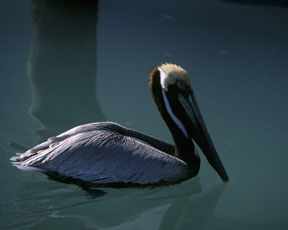 When you think of pelicans losing their feathers’ water repellent qualities because they were soaked in oil and the resulting hypothermia, do you think “oil spill”? Deepwater Horizon?
When you think of pelicans losing their feathers’ water repellent qualities because they were soaked in oil and the resulting hypothermia, do you think “oil spill”? Deepwater Horizon?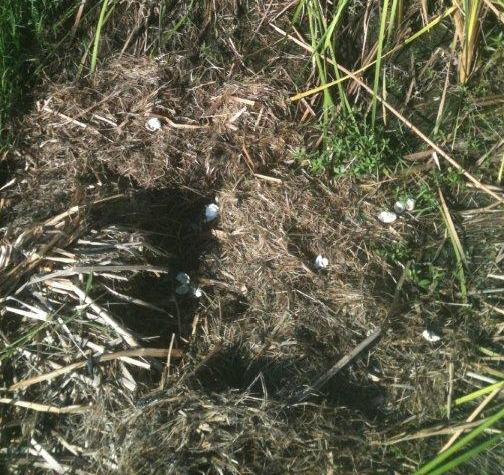 Back in the ’70s, ’80s ad ’90s studies showed that feral swine were not major predators of alligator nests, says a paper in the current issue of
Back in the ’70s, ’80s ad ’90s studies showed that feral swine were not major predators of alligator nests, says a paper in the current issue of 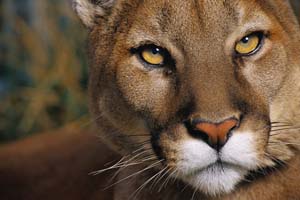 Mountain lion sightings have been confirmed 15 times in the last several years, the
Mountain lion sightings have been confirmed 15 times in the last several years, the 